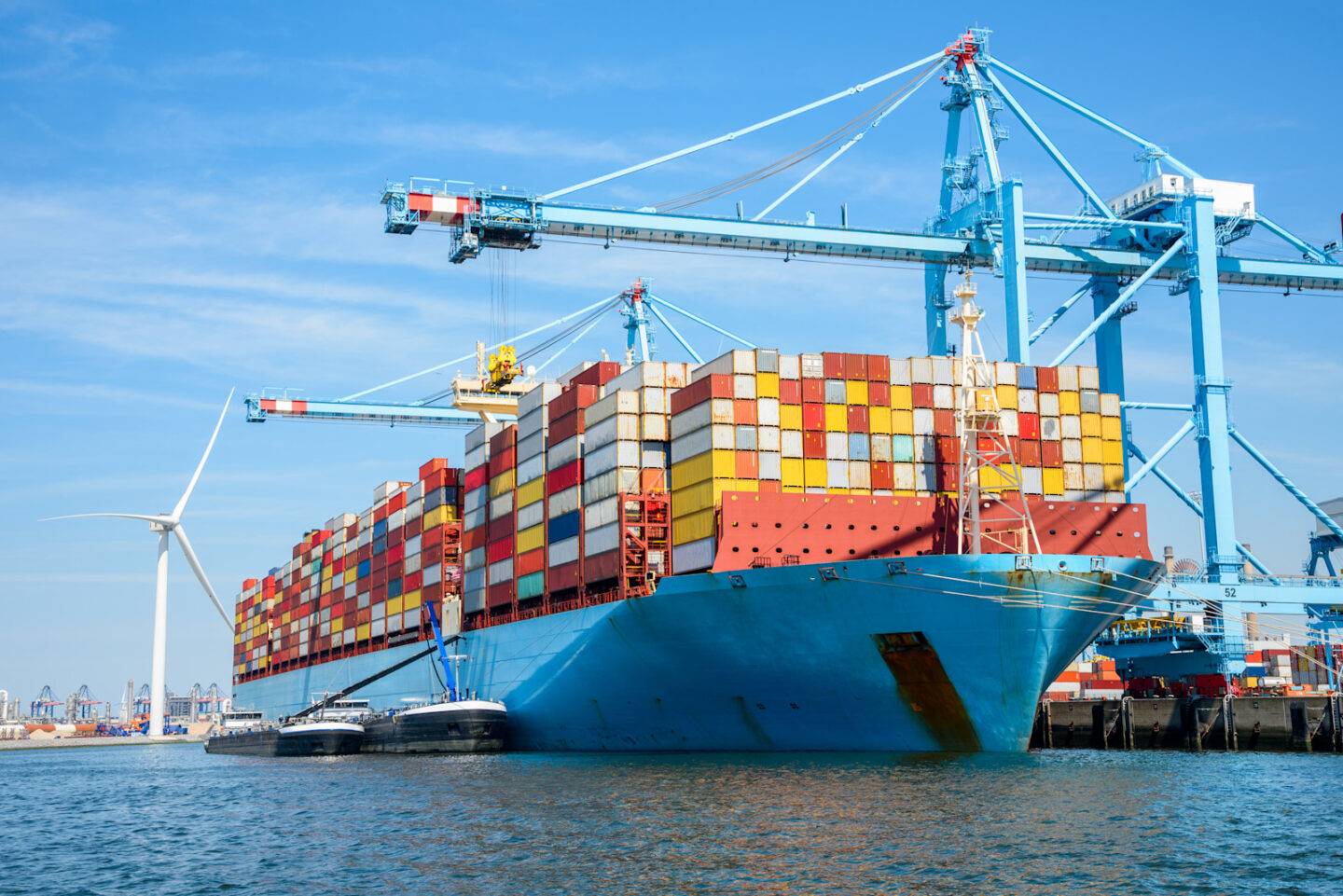The industry is keen to respond to the issue of fire and cargo loss and is doing so with a range of initiatives and emerging technologies that hope to reverse the increasing incidence trend. Major liner operators now use AI-powered cargo screening to detect mis-declared dangerous goods before containers are loaded. Advanced fire-detection, suppression, and thermal-imaging systems are being installed on newbuilds, while retrofits focus on faster smoke detection and compartment isolation.
One such cross industry initiative, Safety Tech Accelerator, launched by Lloyd’s Register (LR) and Lloyd’s Register Foundation in 2018, is looking to progress technology advances in three key areas: onboard cargo control; fire detection and stopping the spread through effective onboard response; and managing the challenges created by the increasing scale of vessels.
Similarly, the MARIN Top Tier JIP , is, among other things, working to establish better crew training to prevent and respond to fire incidences, including fostering a safety-first culture with rigorous management procedures in place.8
For this, OneOcean’s Docmap, a mobile and web-based solution for the management of QHSE operations on vessels and onshore, can provide paper-free access to all relevant information. The application simplifies compliance processes and document management with modules for risk assessments, audits, and incidents. Users can create dynamic check lists for operational risk assessments.
The solution can be complemented by Regs4ships a trusted source for live and archived official regulatory publications, meeting all mandatory compliance and carriage requirements. These include SOLAS, an important international treaty concerning the safety of merchant ships, which is frequently reviewed and amended by IMO member states. The IMDG code, an international code for the maritime transport of dangerous goods in packaged form, is also included and regularly updated on the platform. All documents are searchable by both onboard and onshore users.
A collective effort for safer seas
Overcoming cargo-fire risk requires a unified approach, combining crew readiness, digital compliance, and proactive cargo-risk management. With the right technology and information at their fingertips, operators can better plan, react, and mitigate incidents before they escalate, protecting crews, cargo, and the oceans that sustain global trade.
